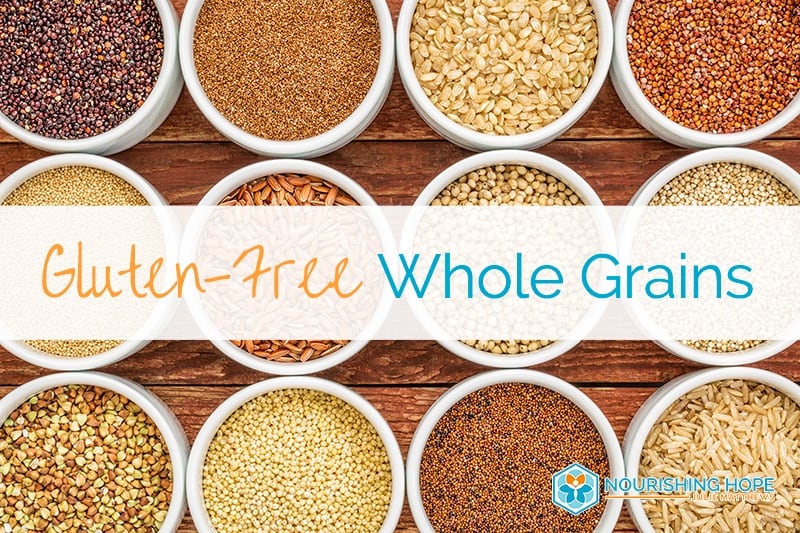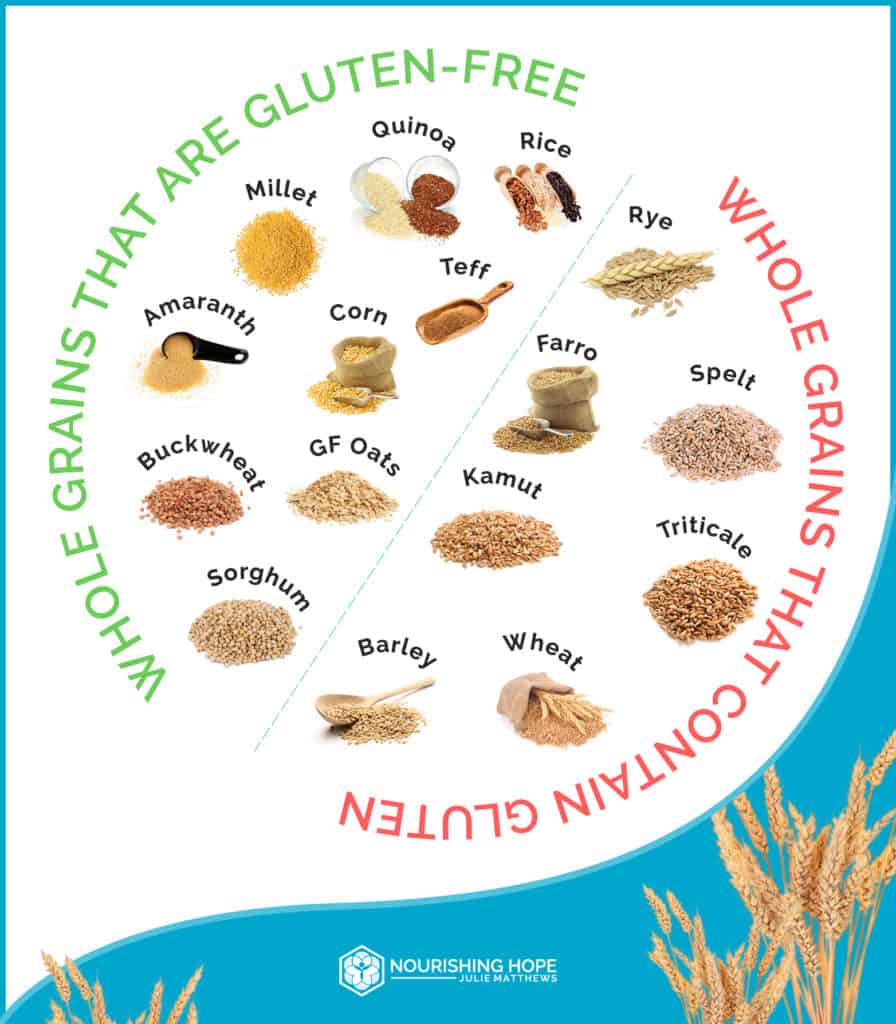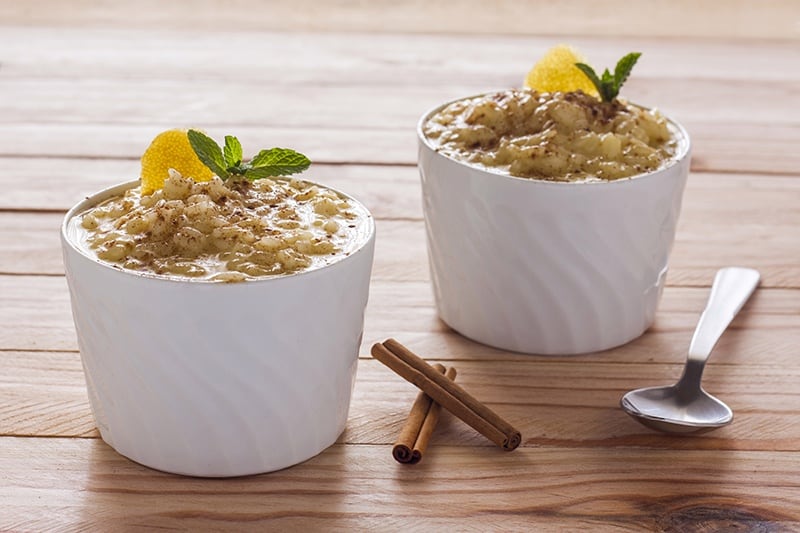
September is Whole Grains Month and this can be a great time to make an effort to add a few more servings of whole grains to your life.
Sometimes when getting started on a gluten-free diet, it can be confusing.
Which grains are gluten-free?
 I want to take all of the guesswork out of it for you!
I want to take all of the guesswork out of it for you!
Gluten-Free Grains:
- Quinoa
- Buckwheat (yes, even though it has the word ‘wheat’ in its name!)
- Rice
- Corn
- Sorghum
- Amaranth
- Millet
- Teff
- Oats (just make sure they are certified gluten-free)
And while we are on the topic of oats, by their nature oats are gluten-free. But, many grains are processed in the same facility as gluten grains and if you ever have dropped a bag of flour (gluten-free or otherwise) you know it gets everywhere. So, during the processing there can be cross-contamination which may not be as problematic for those who are not really sensitive, it is something to note if trying to adhere to a strict gluten-free diet.
Grains with Gluten:
- Wheat
- Barley
- Durum
- Bulgar wheat
- Triticale
- Rye
- Spelt
- Kamut
- Semolina
- Farro
What are whole grains and why are they important?
- Whole Grains – contain the entire grain: the bran, germ and endosperm.
- Refined Grains – have been milled which is the process of grounding it into flour or meal, which removes the bran and germ. This gives a finer texture and improves the shelf life of the product but also strips the grain of important nutrients you need, including B-vitamins, iron, and dietary fiber.
Whole grains are good sources of dietary fiber. Most refined grains contain little or no fiber. Dietary fiber can help you improve blood cholesterol levels and lower your risk of heart disease, stroke, obesity, and even type 2 diabetes. In addition to fiber, grains provide nutrients like thiamin (Vitamin B1), riboflavin (Vitamin B2), niacin (Vitamin B3), folate (Vitamin B9), iron, magnesium, and selenium.
The following recipe is one of my favorite morning meals. It’s warm, creamy, and delicious… and it’s made with whole grains.
Rice Porridge (Slow Cooker or Instant Pot)
GFCF/ Nut-Free, Egg-Free

Can be made egg-free by eliminating egg – while it will not be quite as thick, it’s still delicious.
Similar to rice pudding but less sweet and great for breakfast.
Ingredients
- 1 ¼ cup brown rice
- 1 ½ cups (1 can) coconut milk
- 1 ½ cups water
- 1 beaten egg
- 1 teaspoon vanilla
- 1 teaspoon cinnamon
- ½ teaspoon cardamom
- ¼ teaspoon ginger powder
- ¼ teaspoon nutmeg
- 2-3 tablespoons of honey or maple syrup
Slow Cooker Directions
Place all ingredients in a slow cooker and cook on low for 5 hours. Set a timer at night, and breakfast will be ready when you wake up.
Instant Pot Directions
Place all ingredients in Instant Pot and cook on high pressure for 22 minutes. Let it come down from pressure naturally for 10 minutes.
If you don’t have or want to use a slow cooker or Instant Pot, you can combine all of the ingredients in a pot and simmer for 50 minutes or until done.




0 Comments